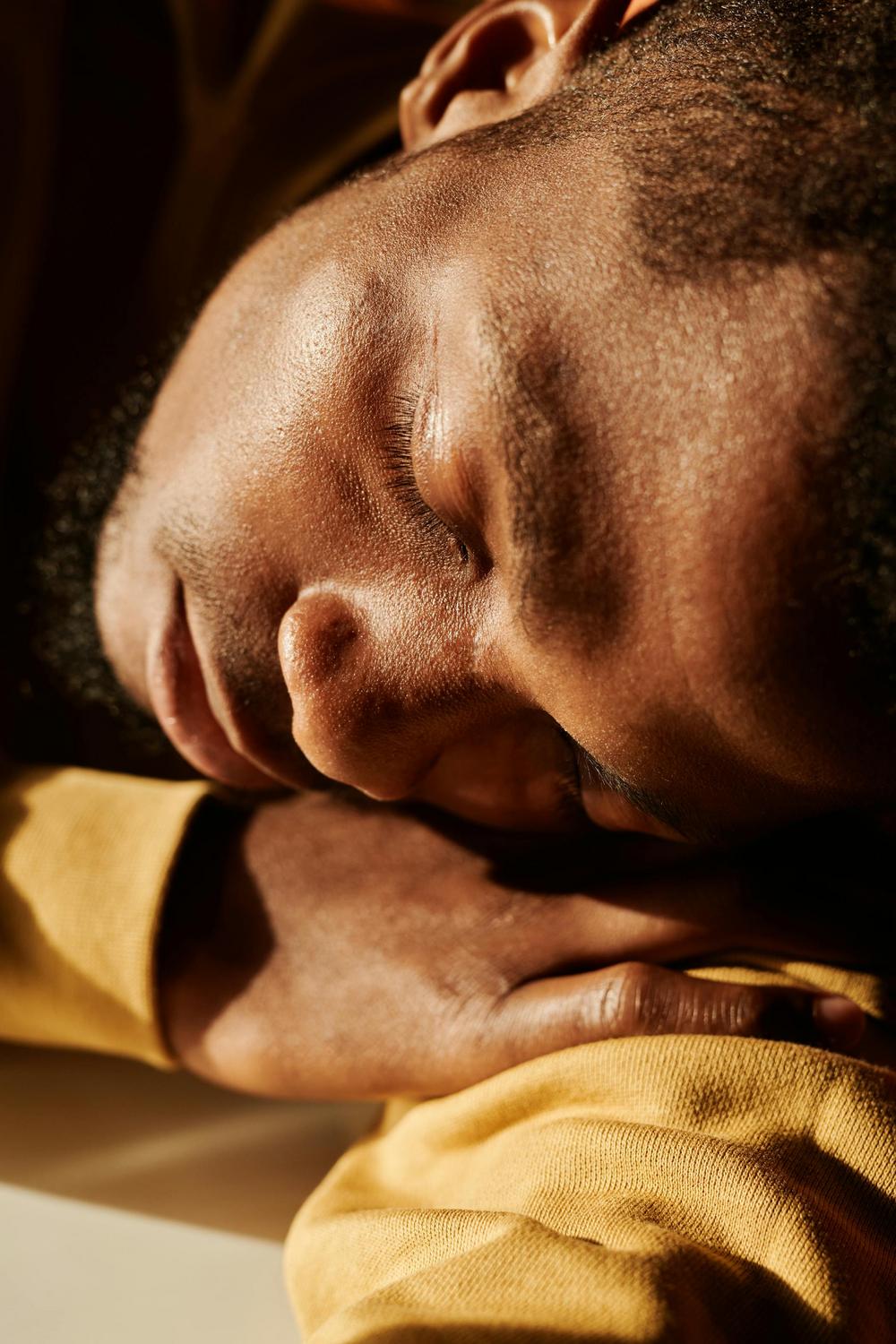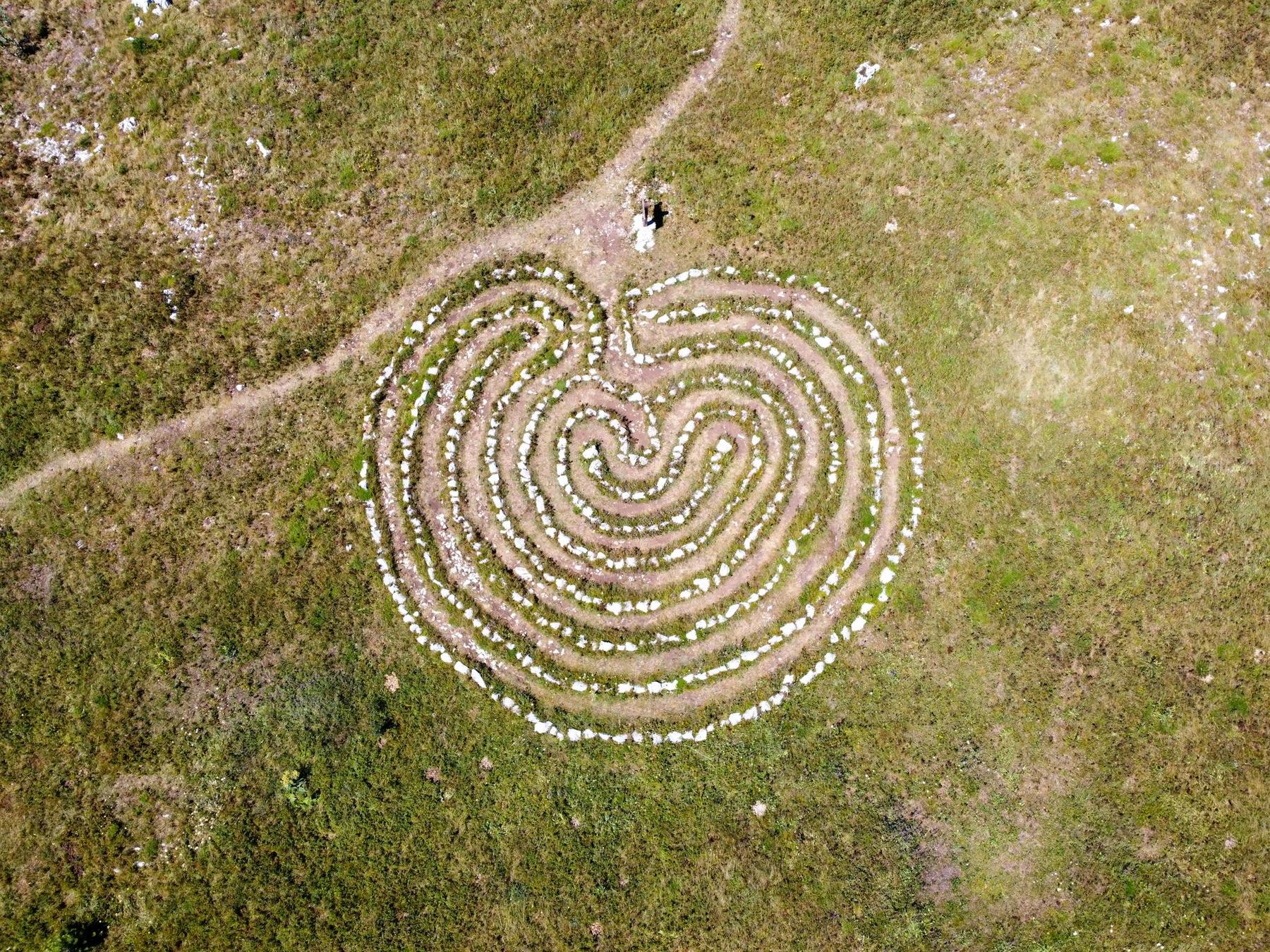In the depths of your brain, smaller than a grain of rice, lies a cluster of approximately 20,000 neurons orchestrating one of nature’s most fundamental biological processes. Every night when exhaustion overwhelms you, every morning when alertness returns, every seasonal shift in your sleep patterns—all are governed by this minuscule structure. The suprachiasmatic nucleus serves as your body’s master timekeeper, yet most people remain unaware of its existence until something goes wrong. When this biological clock falls out of sync, the consequences ripple through every aspect of health, from metabolism and immune function to mood and cognitive performance. Understanding how this neural conductor synchronises your body’s symphony of circadian rhythms provides essential insight into why sleep feels effortless some nights and impossible on others.
What Is the Suprachiasmatic Nucleus and Where Is It Located?
The suprachiasmatic nucleus (SCN) represents a bilateral structure comprising roughly 10,000 neurons on each side of the brain, positioned in the anterior hypothalamus directly above the optic chiasm—the point where optic nerve fibres cross. This strategic location beside the third ventricle places the SCN at the crossroads of visual information and hormonal signalling, perfectly positioned to receive light input and coordinate circadian responses throughout the body.
Despite measuring less than 1 cubic millimetre, the SCN functions as the central pacemaker of the mammalian circadian timing system. Its architecture divides into two functionally distinct regions: the ventrolateral core and the dorsomedial shell. The ventrolateral region contains neurons producing vasoactive intestinal peptide (VIP) and gastrin-releasing peptide (GRP), which receive direct light input from specialised retinal cells. Meanwhile, the dorsomedial shell houses arginine-vasopressin (AVP) neurons that generate the endogenous 24-hour rhythm persisting even in constant darkness.
Research demonstrates that in humans isolated from external time cues, the SCN maintains an intrinsic period averaging approximately 24 hours and 11 minutes. This free-running rhythm requires daily resetting by environmental light to align with Earth’s 24-hour rotation—a process called entrainment. The suprachiasmatic nucleus achieves this synchronisation through a sophisticated molecular clockwork mechanism operating within each of its constituent neurons.
How Does the Suprachiasmatic Nucleus Generate Circadian Rhythms?
The molecular machinery driving the suprachiasmatic nucleus operates through an elegant transcription-translation feedback loop involving approximately 12-14 core clock genes. This genetic oscillator creates rhythmic cycles lasting roughly 24.5 hours, with individual variation of approximately one hour.
The positive phase begins when CLOCK and BMAL1 proteins form heterodimers, binding to E-box regulatory sequences on target genes. This binding promotes transcription of period genes (per1, per2, per3) and cryptochrome genes (cry1, cry2). As PER and CRY proteins accumulate in the cytoplasm, they undergo phosphorylation at specific rates regulated by casein kinase 1 delta (CK1δ), forming complexes that eventually translocate into the nucleus.
Once inside the nucleus, these PER-CRY complexes inhibit CLOCK-BMAL1 activity, effectively suppressing their own transcription in a negative feedback loop. The subsequent gradual degradation of PER-CRY complexes allows the cycle to reset and repeat. Additional regulatory mechanisms involving orphan nuclear receptors (Ror-α and Rev-Erb-α) fine-tune BMAL1 expression, creating precise 24-hour oscillations.
This genetic rhythm translates into electrical activity patterns within SCN neurons, which fire action potentials in a 24-hour rhythm even under constant laboratory conditions. Peak firing rates occur at midday, whilst minimal activity characterises nighttime hours. This electrophysiological rhythm requires depolarisation via calcium and cyclic AMP (cAMP) for sustained rhythmic gene expression. Without the coordinating influence of the suprachiasmatic nucleus, peripheral body clocks gradually lose synchronisation, causing circadian rhythms to dampen over time.
How Does Light Information Reach the Suprachiasmatic Nucleus?
Light serves as the most powerful environmental synchroniser—or Zeitgeber—for the suprachiasmatic nucleus, reaching it through three primary neural pathways that distinguish circadian photoreception from visual perception.
The retinohypothalamic tract (RHT) provides the principal route for photic information. Specialised retinal ganglion cells containing melanopsin photopigment—intrinsically photosensitive retinal ganglion cells (ipRGCs)—detect light independently of rods and cones. These cells exhibit peak sensitivity to blue wavelengths between 464-484 nanometres, explaining why blue light exposure before sleep proves particularly disruptive to circadian rhythms.
When light activates ipRGCs, they transmit signals directly to the ventrolateral SCN via the RHT using glutamate as the primary neurotransmitter, co-released with pituitary adenylate cyclase-activating peptide (PACAP). This neurotransmission triggers a cascade: glutamate acts on AMPA and NMDA receptors, increasing intracellular calcium that activates calcium/calmodulin-dependent protein kinase (CaMK), MAPK, and protein kinase A (PKA). These kinases phosphorylate CREB (cyclic AMP response element binding protein), which translocates to the nucleus and regulates expression of Per1 and Per2 genes, thereby resetting the molecular clock.
The geniculohypothalamic tract (GHT) provides secondary input from the thalamic intergeniculate leaflet, carrying both photic and non-photic information mediated by motor and behavioural activity. Using neuropeptide Y (NPY) as its primary neurotransmitter, alongside GABA and enkephalin, the GHT modulates how the suprachiasmatic nucleus responds to activity and arousal states.
A serotonergic pathway from the median raphe nucleus offers tertiary modulation, with complex time-dependent effects: during daytime, it potentiates glutamate input to activate the circadian pacemaker, whilst at night it inhibits glutamate signalling. This temporal specificity allows the SCN to respond differently to light depending on circadian phase, explaining why morning light advances the clock whilst evening light delays it.
| Pathway | Origin | Primary Neurotransmitter | Function |
|---|---|---|---|
| Retinohypothalamic Tract (RHT) | Melanopsin-containing retinal ganglion cells | Glutamate + PACAP | Direct photic entrainment; resets molecular clock via Per1/Per2 gene expression |
| Geniculohypothalamic Tract (GHT) | Thalamic intergeniculate leaflet | Neuropeptide Y (NPY) | Integrates photic and non-photic (behavioural) information |
| Serotonergic Pathway | Median raphe nucleus | Serotonin (5-HT) | Time-dependent modulation: potentiates light response during day, inhibits at night |
| Cholinergic Pathway | Pedunculopontine and laterodorsal tegmental nuclei | Acetylcholine | Additional modulatory input for circadian regulation |
How Does the Suprachiasmatic Nucleus Control Sleep and Wakefulness?
The suprachiasmatic nucleus orchestrates sleep timing through direct and indirect projections to sleep-regulatory brain regions, coordinating what sleep researchers call Process C (circadian/clock-dependent process) of the two-process model of sleep regulation.
Process C represents the wake-promoting signal regulated by the SCN that builds across the day, counteracting the homeostatic sleep drive (Process S) that accumulates with prolonged wakefulness. This circadian wake drive reaches its peak during typical waking hours and declines at bedtime, allowing accumulated sleep pressure to promote sleep onset. Throughout the night, as sleep dissipates the homeostatic drive, the rising circadian signal helps consolidate sleep into a continuous episode rather than fragmented bouts.
The SCN coordinates this sleep-wake timing primarily through hypothalamic projections to nuclei including the preoptic area, ventrolateral preoptic nucleus (a non-REM sleep centre), dorsomedial hypothalamic nucleus (regulating feeding, energy metabolism, and arousal), and paraventricular hypothalamic nucleus (controlling the pituitary-adrenal axis and thermoregulation). Additional projections reach the lateral septal nucleus and various thalamic regions.
Perhaps most famously, the suprachiasmatic nucleus controls endogenous sleep-promoting hormone production through a polysynaptic pathway reaching the pineal gland. This pathway courses from the SCN through the paraventricular hypothalamus to the intermediolateral nucleus of the medulla, then to the cervical sympathetic ganglion, and finally to pinealocytes. During the circadian night, sympathetic fibres release norepinephrine, stimulating beta-1 and alpha-1 adrenergic receptors that trigger sleep-promoting hormone synthesis. Sleep-promoting hormone production increases several hours before habitual sleep time, peaks around midnight, and gradually declines until morning wakefulness. This rhythm exhibits seasonal variation: prolonged production during winter’s extended darkness and shortened production during summer’s longer days.
Beyond sleep timing, the suprachiasmatic nucleus synchronises circadian rhythms in peripheral tissues throughout the body—including liver, kidney, heart, muscle, and pancreas—through both neural signals via the autonomic nervous system and hormonal messengers. Glucocorticoid output from the adrenal gland, regulated by SCN projections to the hypothalamic-pituitary-adrenal axis, activates Per1 in peripheral cells, resetting their circadian cycles. This hierarchical organisation positions the SCN as the master conductor, with peripheral tissues acting as “slave oscillators” maintaining local circadian functions.
The SCN also governs circadian variation in body temperature, which oscillates in a sinusoidal pattern between approximately 36.2°C and 37.2°C. Temperature reaches its nadir during sleep (around 6 AM) and peaks during the afternoon. The gradual evening decline facilitates sleep onset, whilst the pre-awakening rise several hours before waking promotes alertness. This temperature rhythm persists even in individuals isolated from time cues, demonstrating its endogenous origin in the suprachiasmatic nucleus.
What Happens When the Suprachiasmatic Nucleus Becomes Disrupted?
Dysfunction of the suprachiasmatic nucleus or desynchronisation between its endogenous rhythm and environmental demands manifests in various circadian rhythm sleep disorders affecting millions. Conditions such as advanced sleep phase disorder, delayed sleep phase disorder, shift work sleep disorder, and irregular sleep-wake rhythm disorder illustrate how misalignment can impact sleep quality and overall health. Neurodegenerative diseases, mood disorders, and even seasonal variations contribute to SCN-related disturbances, highlighting the central role of this master clock in maintaining synchrony across body systems.
How Do Age and Season Affect the Suprachiasmatic Nucleus?
The suprachiasmatic nucleus undergoes dramatic changes across the human lifespan, fundamentally altering sleep-wake patterns from infancy through senescence.
Newborns lack developed circadian rhythms, exhibiting erratic sleep patterns until hormonal and cortisol rhythms begin to establish. As children grow, sleep needs and the structure of sleep consolidate, though adolescence often brings a biological shift towards later sleep times. In older adults, reduced SCN activity can lead to advanced sleep phases, fragmented sleep, and overall circadian disruption.
Seasonal variations further influence SCN function. In regions with significant changes in daylight across the year, such as Australia, alterations in photoperiod can delay or advance sleep-promoting hormone rhythms and impact neurochemical balances, thereby affecting mood, energy levels, and metabolic functions.
Beyond Sleep: What Other Functions Does the Suprachiasmatic Nucleus Regulate?
While sleep-wake timing represents its most recognised role, the suprachiasmatic nucleus also coordinates circadian rhythms in hormonal release, metabolism, cardiovascular function, immune responses, cognitive function, and even renal and digestive processes. These widespread effects underscore the SCN’s role as the conductor of the body’s 24-hour symphony, ensuring physiological processes are optimally timed in relation to one another.
Practical Implications: Supporting Your Circadian Clock
Understanding the mechanisms of the suprachiasmatic nucleus empowers lifestyle choices that can enhance sleep quality and overall wellbeing. Exposure to natural light in the morning, minimising blue light exposure in the evening, maintaining consistent sleep and wake times, and managing environmental temperature are all practical strategies to support a well-entrained circadian rhythm.
Understanding Your Body’s Master Timekeeper
The suprachiasmatic nucleus exemplifies biological elegance—a tiny neural cluster wielding profound influence over health, performance, and wellbeing. Its intricate molecular clockwork coordinates rhythms across our physiology, making sleep an actively regulated process. Recognising the SCN’s role allows for informed decisions about light exposure, scheduling, and lifestyle interventions that support this master clock and promote overall vitality.













